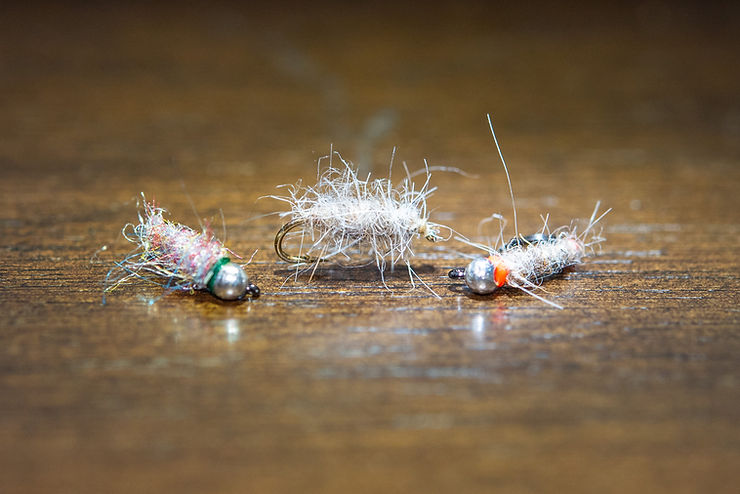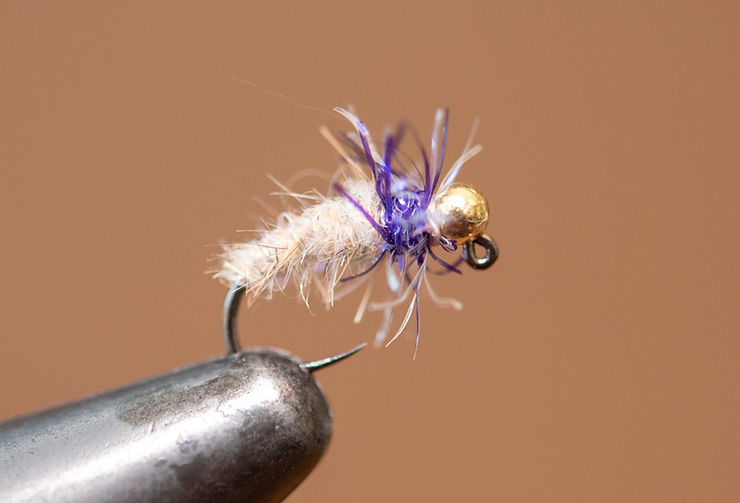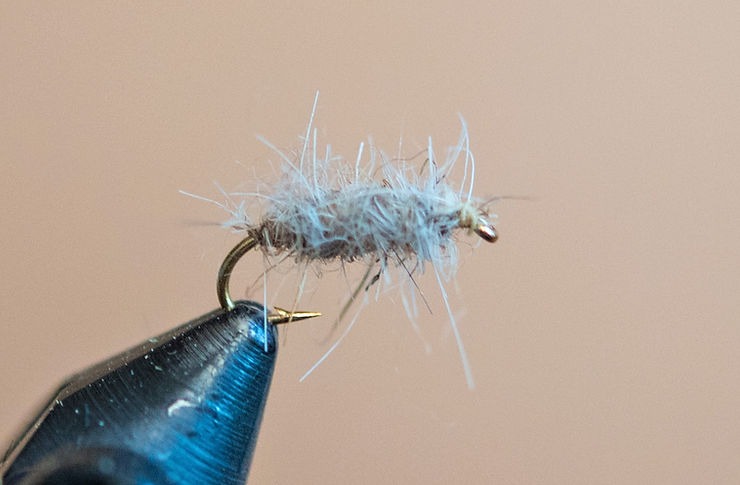In the Fly Box: Walt’s Worm and the Sexy Walt

Walt’s Worm is the creation of fly tyer and author Walt Young of Altoona, PA, in 1984 and debuted commercially a handful of years later in fly shops in central PA. It first proved its worth on the limestone streams where sow bugs, scuds, and freshwater shrimp are major food sources, but it can be used to imitate a variety of other insects as well. It’s an excellent caddis pupa pattern and cranefly larva pattern, which is why I tend to use it so much throughout May and early June. And I’ve caught trout on it everywhere I’ve used it.
It seems the simplest patterns – and Walt’s Worm is about as simple as it gets – have the most applications and will work in the largest variety of situations. In essence, their “blandness” leaves them open to interpretation, and they do a great job at representing nothing and everything at the same time.
Walt’s Worm is a direct descendent of the Utah Killer Bug developed by Tenkara Guides LLC in Salt Lake City. The Utah Killer Bug is an updated version of Frank Sawyer’s Killer Bug from the 1930s. Sawyer is the same fellow who gave us the venerable Pheasant Tail Nymph, among others.
The recipe for Sawyer’s Killer Bug calls for a type of darning wool called Chadwick’s 477, which is now all but obsolete. This wool/yarn was spun tightly and wrapped around the hook shank with copper wire. Supposedly, the Chadwick’s 477, when wet, would turn from a grayish-brown color to something with more of a pinkish hue due to a number of red fibers that ran throughout the wool. Trout apparently found this unique coloration irresistible.
A similar effect is achieved with the Tenkara Guides’ Utah Killer Bug, which utilizes Jamieson’s Shetland Spindrift yarn in oyster color. Also, the Utah Killer Bug calls for red wire to tie the fly. When wet, the red wire shines through the wool and gives it that pinkish hue.
The key ingredient for Walt’s Worm is Hare’s Ear Plus Dubbin #1, which has tiny strands of sparkle mixed in with hare’s ear dubbing. This particular blend has more of a tan color, too, as opposed to the gray of some hare’s ear dubbing.

Another key difference among these flies is that, whereas Sawyer’s Killer Bug and the Utah Killer Bug generally have smooth, cigar-shaped bodies, the Walt’s Worm is generally picked so that spiky fibers jut out and give it an extra vibrant and buggy look in the water.
The Sexy Walt is a Walt’s Worm tied with a bright-colored thread that’s used to create a noticeable tag near the bend of the hook and a thread hotspot just behind the bead. The original Walt’s Worm had no bead, but it can also be tied with a beadhead. The Sexy Walt seems to always be tied with a bead, otherwise you can’t really get the hot spot collar.
A variation that I’ve found really effective is to use micro Polar Chenille for the hotspot. The tiny fibers of the Polar Chenille create an emerger effect and really give the fly life. Purple seems to work the best for me. It’s not the traditional way to tie a Sexy Walt, but it has produced well enough for me that I wanted to make it available.

Back in April, I watched a video on YouTube where Lance Egan of Fly Fish Food tied a version of the Sexy Walt using light Rainbow Scud Dubbing. Since watching that video, I have tied up a lot of these patterns to try, too, and let me tell ya, they’re deadly. In my opinion, the Rainbow Scud Dubbing probably resembles the original Chadwick’s 477 yarn because it has so many strands of different colors all mixed together, and those tones change in the water and sunlight. If you’ve never tied your Walt’s Worms or Sexy Walt’s – or even just your typical scud patterns – with this dubbing, I think you’ll be pleasantly surprised at the results.
The original Walt’s Worm doesn’t call for any type of wire ribbing, but I usually rib it anyway, as much for durability as for a more segmented appearance. The extra flash can’t hurt, either. In fact, for the Sexy Walt, I sometimes use Pearl Superflash or Flashabou for the rib. I think it really brings out the coloration and sparkle of the dubbing.
Here is the progression of changes in tying recipes, from Sawyer’s Killer Bug to Walt’s Worm:
Sawyer’s Killer Bug
Hook: Standard nymph hook
Wire: Small copper wire
Body Yarn: Chadwick’s 477 wrapped in a cigar shaped body
Utah Killer Bug
Hook: Standard nymph hook
Wire: Small red wire
Body Yarn: Jamieson’s Shetland Spindrift, Oyster color, wrapped in a cigar shaped body
Walt’s Worm
Hook: Standard nymph hook
Thread: Tan
Body: Hare’s Ear Plus #1 wrapped in a cigar-shaped body with fibers aggressively picked out
Did You Enjoy Reading About Walt's Worm And It's Variations?
Stay up to date with the Dark Skies Fly Fishing monthly newsletter for free and receive the latest posts in fly tying tricks, tips, and techniques, fly fishing news, stream reports, as well as updates on new flies added to the Online Store and exclusive discounts!
Sign Up Now

Hey Ralph,
Was scrolling through the blog articles and decided to reread this selection on Walt’s Worms. As you know, I’m obsessed with Walt’s Worms in several variations ranging from the green-assed-Walt’s, pink-collared Walt’s and the original Walt’s. If I was told that I may only fish one fly pattern for the reminder of my life, no exceptions, I would certainly choose the Walt’s Worm without hesitation. I have caught fish on this pattern all over Pennsylvania and beyond. I’m confident that this pattern will catch fish all over the world, any place, any time, all trout. The Walt’s Worm flat out catches fish.
Nevertheless, I am becoming partial to the Killer Bug, too. As we experienced together, the Killer Bug outperformed a Walt’s Worm fishing over challenging, cagey trout on the East Branch Clarion River several weeks ago. Could the Killer Bug be a superior pattern? Or, was this a case of every dog has his day in the fight?
Your thoughts?
Justin